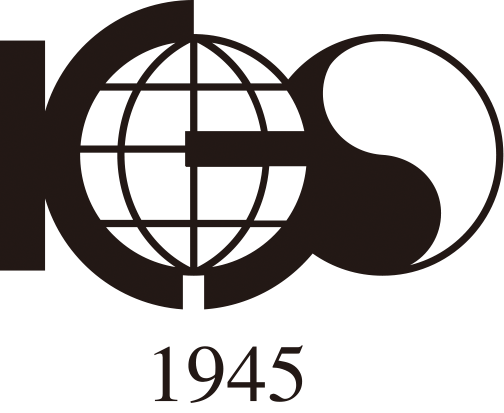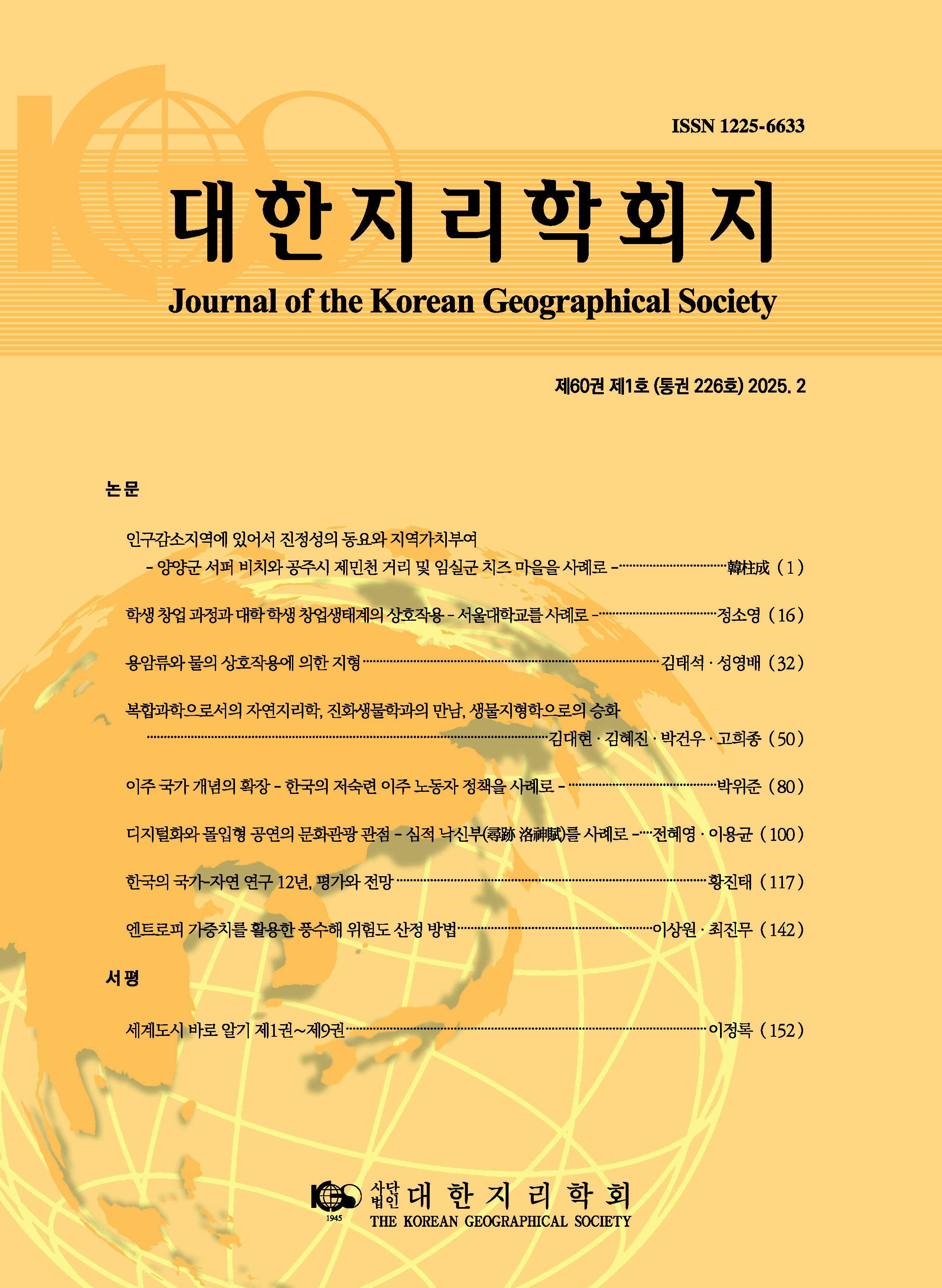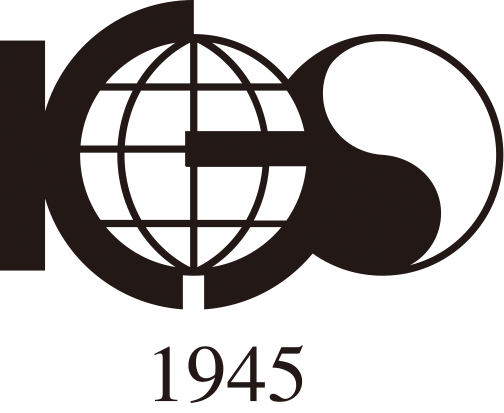Research Article
Abstract
References
Information
Park, J., Kang, J. Y., Goldberg, D. W., and Hammond, T. A., 2021, Leveraging temporal changes of spatial accessibility measurements for better policy implications: a case study of electric vehicle(EV) charging stations in Seoul, South Korea, International Journal of Geographical Information Science, 36(6), 1-20.
10.1080/13658816.2021.1978450
- Publisher :The Korean Geographical Society
- Publisher(Ko) :대한지리학회
- Journal Title :Journal of the Korean Geographical Society
- Journal Title(Ko) :대한지리학회지
- Volume : 57
- No :3
- Pages :285-296
- Received Date : 2022-04-01
- Revised Date : 2022-05-05
- Accepted Date : 2022-05-12
- DOI :https://doi.org/10.22776/kgs.2022.57.3.285




 Journal of the Korean Geographical Society
Journal of the Korean Geographical Society







